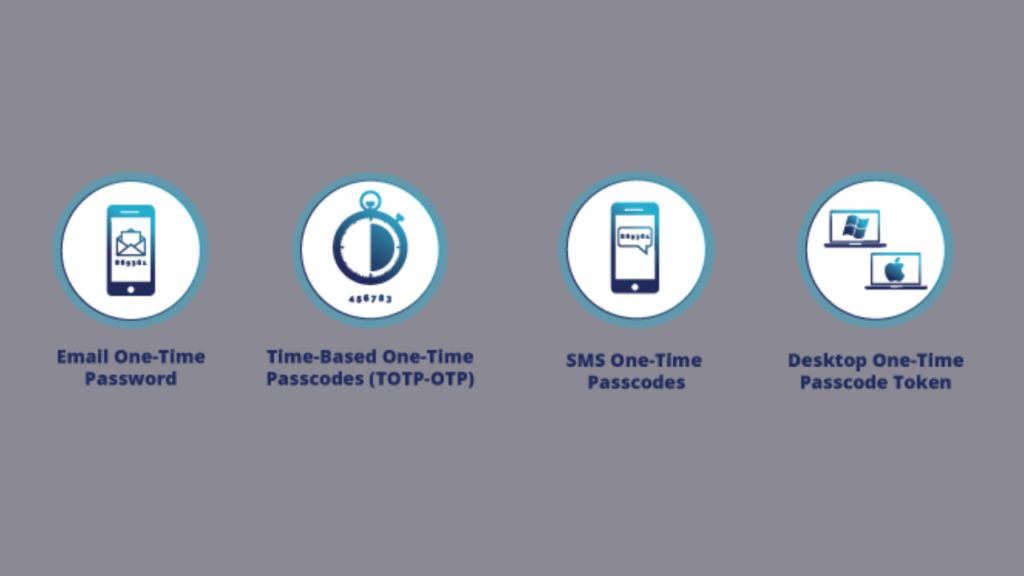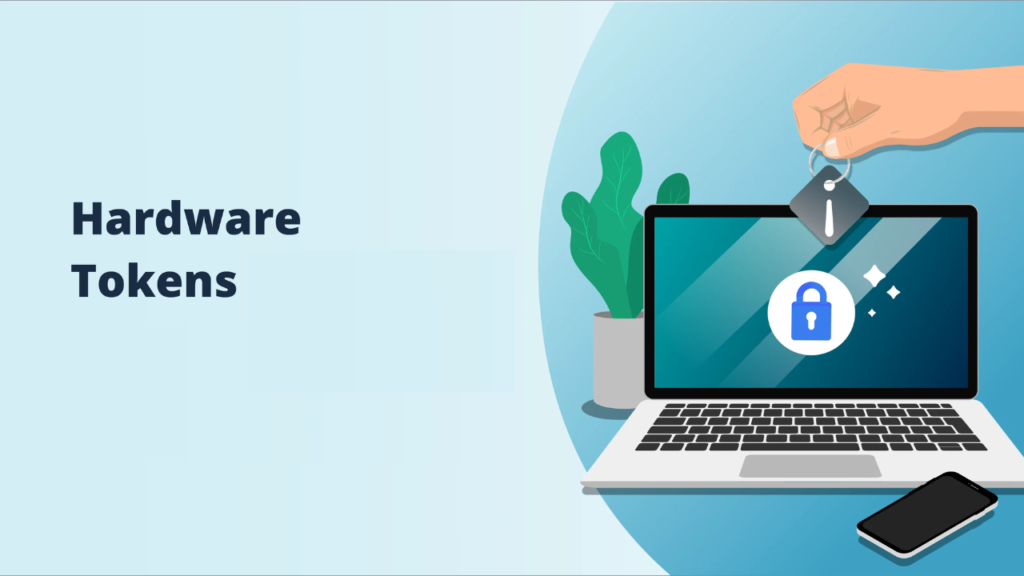In the expanding realm of digital security, an ongoing debate persists between the use of soft tokens and hard tokens for authentication. Both represent cutting-edge technologies designed to protect against unauthorized access and data breaches. To make an informed choice, it’s imperative to understand these terms, their functions, and their differences.
Split Tunneling vs Full Tunneling: An In-depth Comparison
What is a Soft Token?
A soft token, also known as a software token, is a type of security token where the means of authentication are stored in a software application. In other words, it is a virtual version of an access key, delivered typically via a smartphone app or desktop software.
The soft token generates a unique, time-limited security code that the user enters during authentication. This code is synchronised with the server and changes after each use or after a set period, ensuring dynamic security.
An example of a soft token is the Google Authenticator application. When users enable two-factor authentication, the app generates a unique code every 30 seconds, which users must enter to access their account.

What are Hard Tokens?
Hard tokens, also known as hardware tokens or physical tokens, are tangible objects used for authenticating a user’s identity. They are physical devices separate from the computer or any other device accessing the resource.
These tokens can come in various forms, such as smart cards, USB devices, or small fobs that display a constantly changing code. Like soft tokens, these codes are used with a username and password to verify the user’s identity.
One of the most well-known examples of hard tokens is the RSA SecurID token, a small hardware device that displays a constantly changing, unique numerical code.

What is the Difference Between a Soft Token and a Hard Token?
While both soft and hard tokens serve the purpose of user authentication, there are several key differences between the two:
Physical Existence: A hard token is a physical device, while a soft token is a software-based system typically installed on a user’s smartphone or computer.
Portability: Soft tokens are generally more portable, as they can be carried on a device that the user already has (like a smartphone). In contrast, hard tokens are additional devices that need to be carried.
Vulnerability to Threats: Soft tokens can be susceptible to malware attacks on the user’s device, while hard tokens, being separate physical devices, are generally not prone to the same vulnerabilities.
Cost and Maintenance: Hard tokens can be more expensive due to manufacturing and shipping costs, and they can be lost or damaged, requiring replacement. Soft tokens, being software-based, are generally cheaper and easier to distribute and maintain.
Cybercriminals Target Twitter Blue Subscribers Amid Platform’s Shift to X
Conclusion
The choice between soft tokens and hard tokens largely depends on the specific requirements and context of use. Both have their strengths and potential vulnerabilities. Soft tokens offer convenience, cost-effectiveness, and ease of use, while hard tokens provide an extra level of security by existing as separate physical devices.
Understanding the nuances of soft and hard tokens empowers organizations and individuals to make informed decisions regarding their digital security. Ultimately, the goal is to ensure high protection against unauthorized access and potential data breaches.
A soft or software token is a virtual security key used for authentication. It’s typically delivered via a software application on a user’s smartphone or desktop.
An example of a soft token is the Google Authenticator app. The app generates a unique, time-limited code that users enter during the authentication process to access their accounts.
A hard token, also known as a hardware token, is a physical device used for authenticating a user’s identity. They come in various forms, such as smart cards, USB devices, or small key fobs.
An example of a hard token is the RSA SecurID token. It’s a small device that displays a constantly changing numerical code, which the user enters to authenticate their identity.
The main difference lies in their physical existence. A hard token is a physical device, while a soft token is software-based and typically installed on a user’s smartphone or computer. They also differ in portability, susceptibility to threats, and cost.
Both have their pros and cons. Soft tokens can be more susceptible to malware attacks on the user’s device, while hard tokens, being separate physical devices, are generally not prone to the same vulnerabilities. However, hard tokens can be lost or stolen, which is fine with soft tokens.
Both hard and soft tokens generate a unique, time-limited security code used for authentication. The user enters this code and their username and password to verify their identity during the login process.
Yes, soft tokens can typically be used on multiple devices. However, this depends on the policies of the specific service provider.
If a hard token is lost or damaged, it must be replaced. The user should immediately report the loss to their service provider to prevent unauthorized access.
Soft tokens are generally more cost-effective. They are software-based, so no manufacturing or shipping costs are involved, unlike hard tokens. Also, distributing and maintaining soft tokens is easier and cheaper.






0 Comments